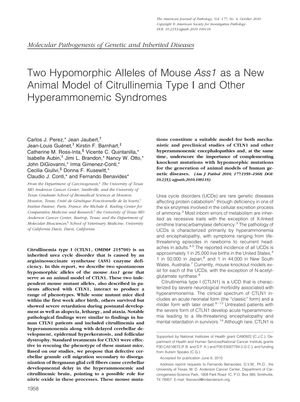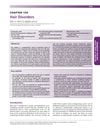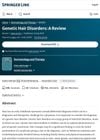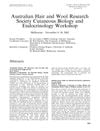Two Hypomorphic Alleles of Mouse Ass1 as a New Animal Model of Citrullinemia Type I and Other Hyperammonemic Syndromes
August 2010
in “
The American journal of pathology
”

TLDR Researchers created a new mouse model for studying Citrullinemia Type I and similar conditions, showing symptoms and treatment responses like those in humans.
Researchers developed two hypomorphic alleles of the mouse Ass1 gene, named barthez (bar) and follicular dystrophy (fold), creating a new animal model for Citrullinemia Type I (CTLN1) and other hyperammonemic syndromes. These mutations led to a range of phenotypes, including early death, severe developmental retardation, alopecia, lethargy, and ataxia, mirroring human CTLN1 symptoms. Plasma analysis showed elevated citrulline and ammonia levels, and histological examination revealed epidermal hyperplasia and hyperkeratosis. Standard CTLN1 treatments, such as arginine supplementation and nitrogen scavengers, were effective in rescuing the mutant phenotype. This model provided valuable insights into CTLN1 pathophysiology and therapeutic approaches.



